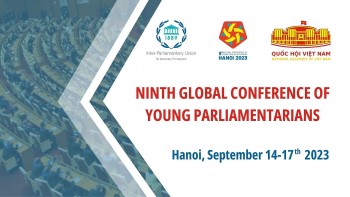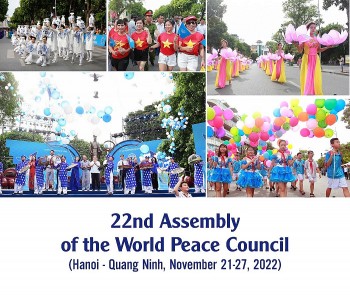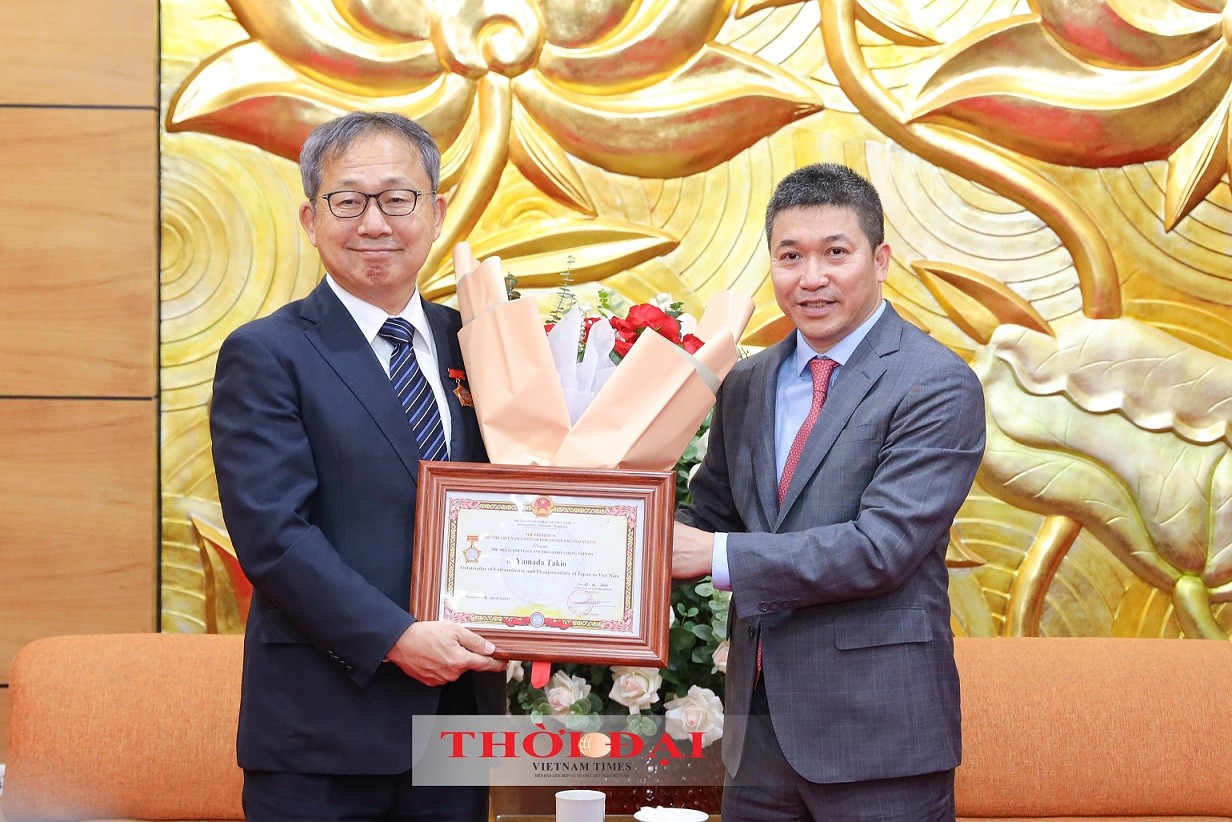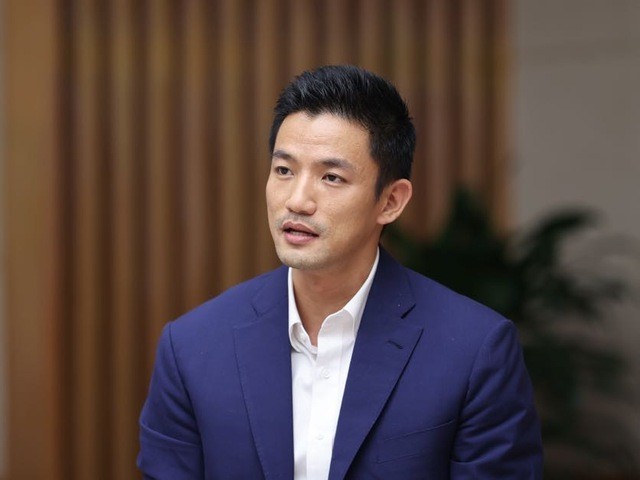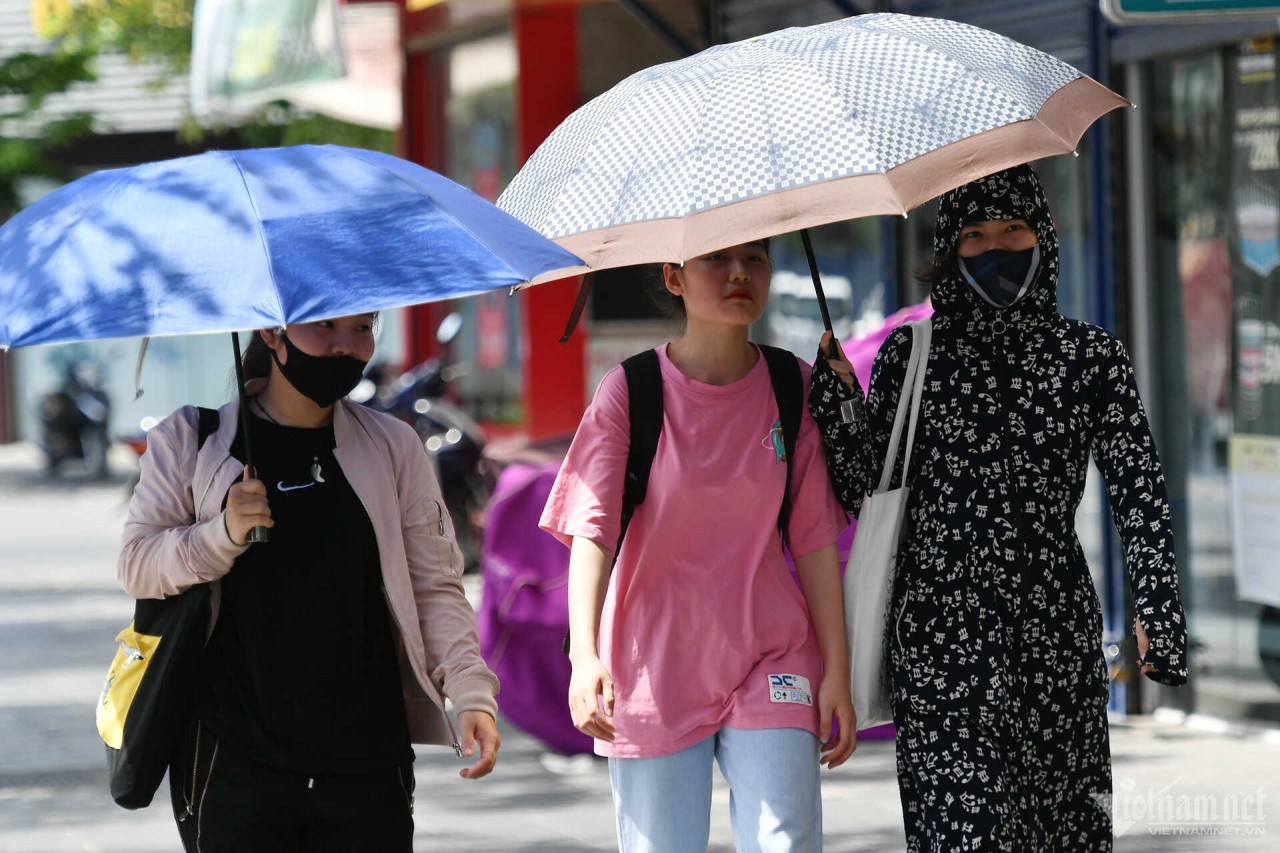Hanoi’s transformation after 9 years of expansion
August 1 marks the nine year anniversary since Hanoi expanded its administrative boundary according to the Resolution 15 of the 12th National Assembly. Being enlarged in size and added more workload, but still Hanoi has succeeded in managing the annexation and administering the largest city of the country.
Nine years after expanding its boundary, Hanoi has faced with the growing population, the disparity in infrastructure development of Hanoi different regions. However, the city’s efforts to narrow the gap among the city’s regions have borne results.
Despite administering a territory three times at large as its original area but Hanoi still leads the country in economic growth with a rate of 1.5 times higher than the national average. In the first seven months of 2017, Hanoi attained an eonomic growth rate of 7.37%, above the national average.
With the policy of putting infrastructure development first, the infrastructure masterplan of Hanoi has been realized in its majority after 9 years. Besides the overall masterplan, Hanoi has implemented sectoral and zone masterplans to deal with the boundary expansion. Under the transportation masterplan, the road system is in completion with the construction of ring roads, main roads, highways and bridges. The quality of urbanity has improved drastically. Hanoi has become a large and modern city.
The development of Hanoi rural area has marked the difference of Hanoi before and after the expansion. The rural area has become the priority in any Hanoi’s development strategy. In 2017 alone, the combined capital expected to be invested in building the new rural model reached roughly 270 million USD. 100% of rural communes are accessible by asphalted roads. 95% of the inter-communal roads are covered by concrete. The totality of the communes have health clinic. The average income of rural people reached roughly 1500 USD per year and is expected to hit 2300 USD by 2020.
Alongside the rural area, Hanoi’s urban area has been transformed as well with many programs which have receive support from the city dwellers including the mechanization of garbage collection, public gardening, planting an additional one million trees and building another 25 parks in 5 years.
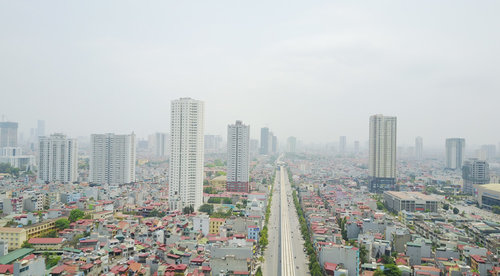
A corner of Ha Dong District after 9 years intergration into Hanoi
Hanoi’s nine year transformation also includes improving people’s living space and social welfare. As of June 2017, almost 40% or 115 out of 416 communes of the rural area have access to piped water (up by 2.8% in comparison to 2016). The city has called for private financing in rural water supply and has approved 23 water projects with a total investment of nearly 450 million USD. Ground was broken for the construction of the Duong water work to supply piped water to 86.6% of Hanoi rural population, a rise from 49.9% by the end of 2016.
Hanoi has issued the standards to define poor household, near- poor household and household with medium living standards according to the tri-dimensional approach for the period 2016-2020. The standards are aimed at improving life of rural people and bridging the gap between rural and urban areas. In average, each year the poverty reduction rate is 1.5-2% in Hanoi (equivalent to 20,000 households were lifted out of poverty per year). Currently there are no extremely poor communes left in Hanoi.
As the Chairman of Hanoi People’s Committee has put it, Hanoi is under the process of infrastructure development, administrative reform, and investment environment improvement, which will contribute to the development of the city. ”Hanoi is working toward the direction of smart city, applying IT in e-government, environment protection and improving the quality in public service and social welfare”.
Currently, Hanoi has completed the WAN network in 584 districts and wards and database for 7.5 million people. Public service online at stage 3 and 4 is being conducted at all districts and wards.
After nine years of enlargement Hanoi has efficiently utilized new resources toward the objectives of long term and sustainable development. However, the infrastructure development has unmatched the growing population and housing. Other problems have also arisen during the process which need urgent and effective solutions. But the initial results in building e-government, administrative reform, investment attraction, the modernization of rural infrastructure, the improvement of Hanoians’ wellbeing are the premises for Hanoi to become a modern metropolis, worthy to be the capital city of Vietnam./.
VNF/Hanoitimes
Most read
Recommended
 National
National
Egyptian Newspapers Hails Dien Bien Phu Victory of Vietnam
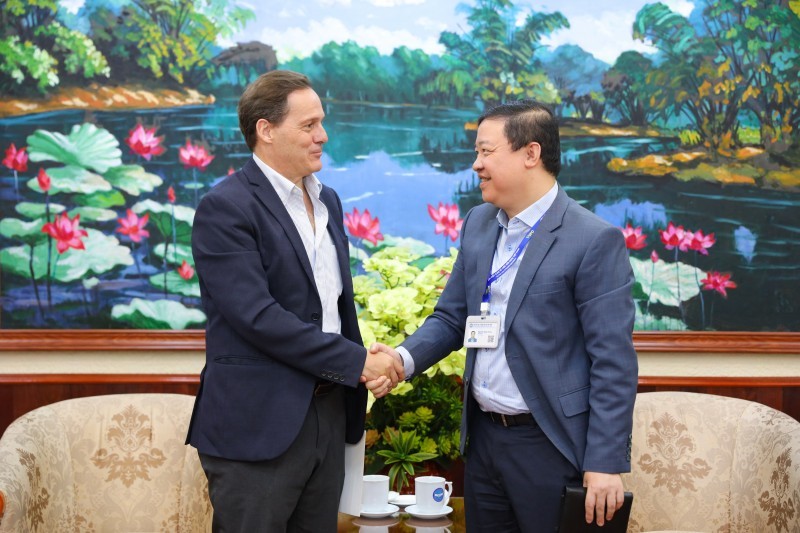 National
National
European Union To Strengthen Cooperation With Viet Nam Union of Friendship Organizations
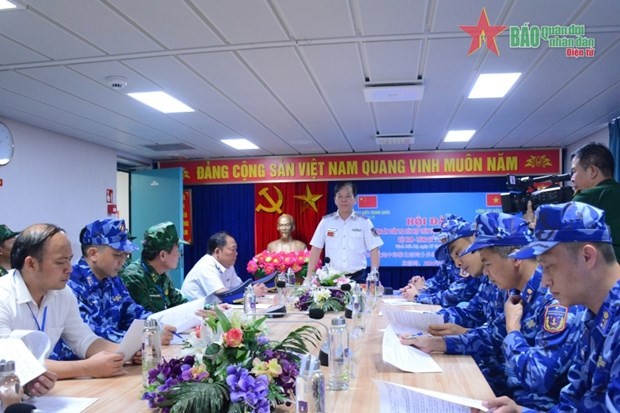 National
National
Vietnam News Today (Apr. 26): Vietnam, China Conducts Joint Patrol Along Demarcation Line in Gulf of Tonkin
 National
National
Vietnam News Today (Apr. 25): Vietnam Emerges As Fastest Growing Digital Economy in ASEAN
Popular article
 National
National
ASEAN's Robust Youth - The Key to the Region's Future Success
 Focus
Focus
Foreign Minister Highlights Significance of Geneva Accords
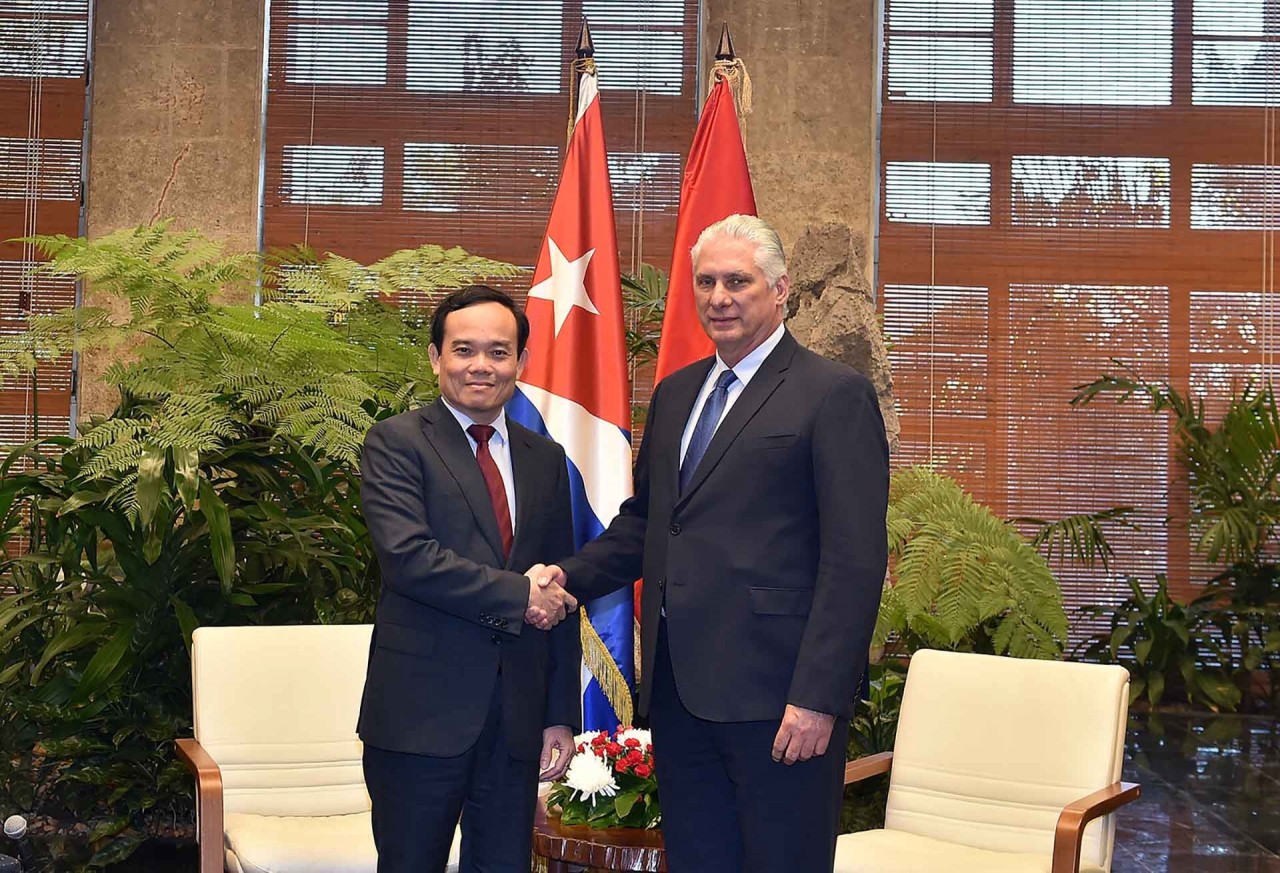 National
National
Deputy Prime Minister Tran Luu Quang's Visit to Cuba And Venezuela Deepens Relations
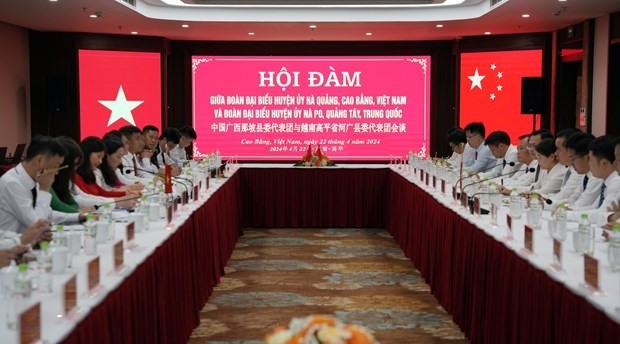 National
National

